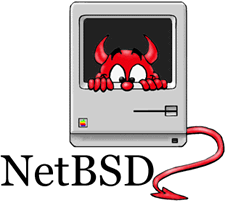
Installing and Configuring Your Firewall/Router
Required Mac Hardware:

Installing and Configuring Your Firewall/Router
Required Mac Hardware:
Installation:
Booting and Configuration:
dhcpd=YES dhcpd_flags="-q xx0"
Using Your Firewall:
dhclient=YES # behave as a DHCP client
dhclient_flags="xx1" # blank: config all interfaces
Questions or Problems: Please Send Me An Email